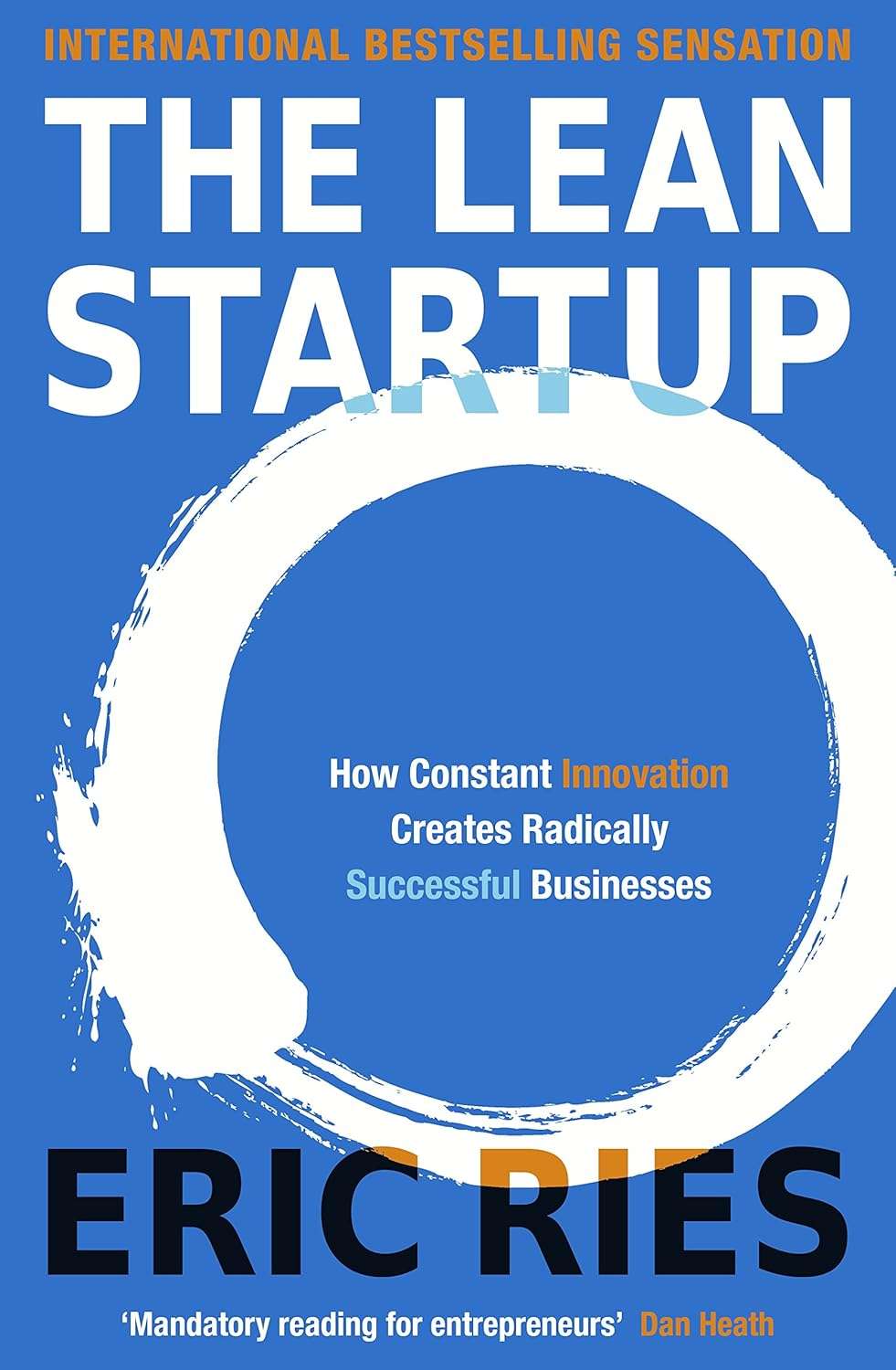THE LEAN STARTUP
FULL SUMMARY & KEY TAKEAWAYS

“The Lean Startup: How Today’s Entrepreneurs Use Continuous Innovation to Create Radically Successful Businesses” by Eric Ries
Introduction:
“The Lean Startup” by Eric Ries introduces a scientific approach to building and launching startups. It emphasizes validated learning, rapid experimentation, and iterative product development to minimize waste and maximize the chances of success in uncertain environments. The book provides a framework for entrepreneurs to test their assumptions, gather customer feedback, and adapt their strategies quickly.
Key Concepts:
- Build-Measure-Learn Feedback Loop: This is the core of the Lean Startup methodology. Entrepreneurs should build a Minimum Viable Product (MVP), measure customer reactions, and learn from the data to make informed decisions.
- Minimum Viable Product (MVP): An MVP is a basic version of a product that allows startups to test hypotheses with minimal resources. The goal is to gather insights from real users before investing heavily in development.
- Validated Learning: Instead of relying on assumptions, startups should make decisions based on real-world experiments. Every product development step should be geared toward learning what customers actually want.
- Pivot or Persevere: Based on the data collected, startups must decide whether to pivot (change direction) or persevere (continue refining the product). A pivot could mean altering the product, business model, or target audience.
- Innovation Accounting: Traditional metrics like revenue and profit are often misleading for early-stage startups. Instead, Ries suggests focusing on customer acquisition cost, engagement, retention, and referral rates.
Lean Thinking in Large Companies:
Large organizations can adopt lean principles to foster innovation and prevent stagnation. They can create internal startups or “intrapreneurial” teams that use the Build-Measure-Learn loop to develop new products and services. This allows them to experiment with new ideas without risking the entire company.
Key Takeaways:
- Focus on validated learning through rapid experimentation.
- Build a Minimum Viable Product to test your assumptions.
- Use data to make informed decisions about pivoting or persevering.
- Measure what matters by focusing on actionable metrics.
- Embrace failure as a learning opportunity.
Conclusion:
“The Lean Startup” is a valuable resource for entrepreneurs and innovators who want to build successful businesses in uncertain environments. By embracing a scientific, customer-centric approach to innovation, businesses can reduce waste, increase efficiency, and dramatically improve their chances of success. This book is particularly useful for those launching new ventures or developing new products within established companies.

Marius Grobler is an authorised representative and Key Individual of Trive South Africa (Pty) Ltd FSP 27231.
The content on this webiste should not be considered as advice.
© Marius Grobler 2025. All rights reserved. Powered by Social Revolution